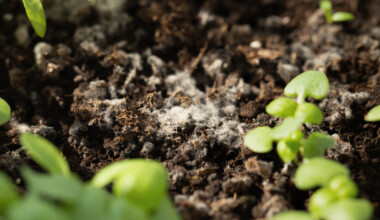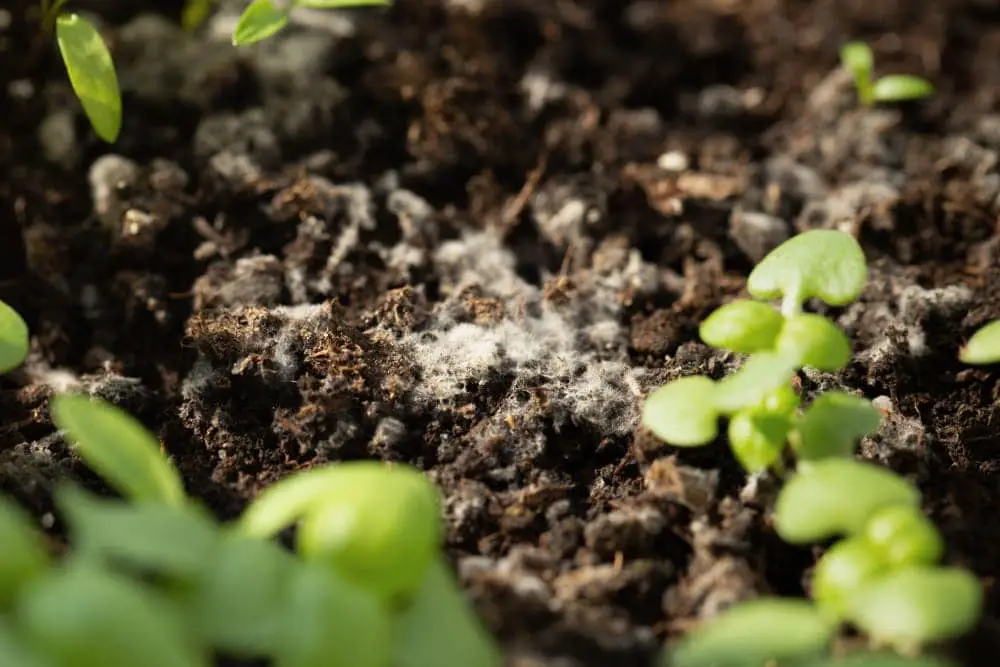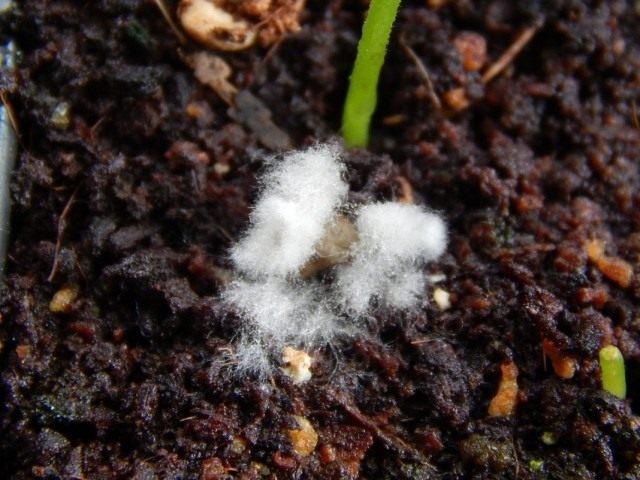

This can be detrimental and is usually not the same kind of mold that grows on or in the soil. In this case, it is the nutrients contained within the plant itself that the mold is feeding on. Mold on the leaves of your plant can be a bit more serious as it is no longer the nutrients in the soil that the mold is feeding on. Even if mold does not currently bother you, it could in the future, the more you are exposed to it.Įventually, mold can kill your plants by starving it of the nutrients it needs to survive, so you will definitely want to remove it. It can just make your home look and smell dirty, even if it is otherwise spotless. There is also an aesthetic reason behind removing the mold. For some people, exposure to mold can become a life threatening situation. For this reason alone, you want to make sure to keep mold growth under control. While in general, mold on plants is not dangerous to humans, some people that are sensitive to mold spores can have a reaction to the mold. Read Also: Can You Be Tested For Mold Reasons To Remove Mold Even if the mold is just on the soil at this point, mold can travel on air currents, and it can eventually grow up to the leaves. It is better to treat all of your plants, even those that do not seem to be affected as of yet, just to prevent an issue before it arises. Mild infestations will tend to be confined to just a few plants and have not had a chance to spread to all of them.

This will help to prevent the mold from returning and an infestation from happening. Adding ventilation can help the soil to dry faster as well.Consider a new place to set your plant to ensure it gets more light to dry the soil faster.Wait until the top ½ inch to two inches of the top of the soil is dried out before watering.Be sure that you do not water the plant too heavily in the future as moist soil enables growth.You can treat the soil with a light dusting of cinnamon or baking soda to prevent mold from recurring.You want to ensure that the roots of your plants are completely covered. Be sure to replace any soil that you removed.This will remove any fungi or mold that is currently in bloom or growing. Using a small spoon or scoop, you can remove the top ½ to 1 inch of soil.This will not just save you time, but also money in the long run. Treating the problem before it gets out of hand will save you the trouble of fighting a massive infestation later.
STOP MOLD ON SEEDLINGS HOW TO
Read Also: How To Eliminate Mold Smell How To Treat A Mild Infestation Of Moldįor a mild infestation of mold or fungus on the soil in your plants, all you need to do is remove the contaminated soil. Since the mold will compete with the seedlings for nutrients, it’s best to give the new plants a fighting chance in some fresh dirt. On the other hand, if you’re planning to sow seeds, you should not use that soil.You could also mix in some fresh compost. Cut the bag open and leave it outside, exposed to the sun and air, for a day or two, turning occasionally. You might also add a little fresh compost. Before you use it, simply mix up the contents of the bag and work the white stuff back in with the dark. If you are transplanting, planting, or just replenishing dirt levels, the answer is yes.The question is, can you still use that soil? It might also be that you buy a new bag of potting soil, bring it home, and discover the same thing. Sometimes, you may not use all the potting soil at once later, when you go to use some more, you discover that fuzzy white stuff has bloomed inside the bag.

Is It Safe To Use A Bag Of Old Moldy Potting Soil

If an open window is out of the question, consider using a fan to mimic a natural breeze. This means that tight spaces and forgotten corners might need fake plants. Be aware that these solutions are not guaranteed, so you may end up repotting your plant due to mold on its soil.įinally, place your houseplant where it will get enough sunshine and air circulation. You can also try to drill holes into the pot, but clay or ceramic pieces may shatter. One common solution is to add landscape rocks beneath the potting soil so that water has a place to pool. If you fall in love with a decorative pot that doesnt have holes, there are a few things you can try. Hydrospikes are another option for forgetful plant owners.Īvoid pots without drainage holes. Instead of watering on a rigid schedule, stick a finger a few inches into the soil to check its moisture level. Most plant tags that come with a plant provide care guidance for where the plant was grown, not necessarily your home/area, he says. Many houseplants come with care instructions, but Levi says not to adhere to them. Getting the right combination of sun, air, soil and water will keep the natural balance of your soil in check.


 0 kommentar(er)
0 kommentar(er)
